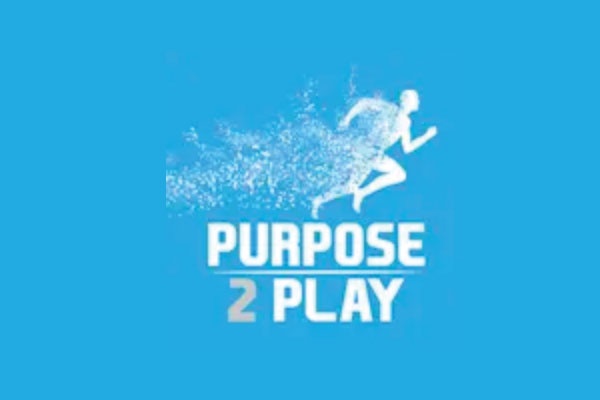By Brianna Arity
Unruptured brain aneurysms are prevalent in one in 50 people, and are most frequently seen in those between the ages of 35 and 60 years old. One in a 17-year-old? That’s as rare as it is unfair.
You wouldn’t know by looking at her, but Kennedy Kirsch, 18, has been on quite the roller coaster ride the past two years.
Her 4.12 GPA, two South Dakota state championships in soccer and basketball, and her consistently positive attitude masks a difficult road that began in the fall of 2014.
It started with an “almondy” taste in her mouth when she turned her head to the left. No headaches, no symptoms, just a chalky nutty flavor that wouldn’t leave her taste buds.
Kirsch’s doctors first diagnosed it as acid reflux, and sent her home. The concern grew with every minute as the taste in her mouth wouldn’t go away. Another visit to the family doctor and a brain scan uncovered an unruptured aneurysm 3 mL in size behind her left eye. Typically, doctors worry when it’s at least 7 mL.
No restrictions were enforced, and Kirsch went about her life with a nonchalant attitude. Doctors told her to follow-up in three months for another scan to see if anything changed. So, she finished out her basketball season, but it was her parents, both physical therapists, who sanctioned a stop to all activities. No lifting anything more than 20 pounds, no going on her school’s mission trip, and no more sports.
The scan at her three-month follow-up revealed no change in size, but her doctors still pulled back on their relaxed attitude. They sent her to one of the best neurologists in South Dakota for a cerebral arteriogram to verify that it in fact was an aneurysm. Twenty-four hours later, that neurologist referred her to world renowned Barrow Neurological Institite in Phoenix more top level testing and care.
“It was a weird feeling. The doctors were acting like it wasn’t a big deal and suddenly they are telling you to meet with the best of the best,” Kirsch said.
On May 22, 2015, Kirsch had open brain surgery to clip the aneurysm. The operation lasted 3 ½ hours. Once inside her brain, doctors saw that her aneurysm was more fragile than they initially thought. With any little movement, the aneurysm could have burst.
In the ICU for three days, the worst part was the anxiety.
“I remember just sitting in my room at night and I couldn’t stop crying because what was happening was overwhelming,” she said.
What made her stronger? If you ask Kirsch, she won’t hesitate to tell you that her faith and family were the things that helped push her through put her struggle into perspective.
“After surgery, I read an article with a headline that said, ‘Girl Dies from Aneurysm at Soccer Practice,’ and I kept thinking that could’ve been me.”
Two months after surgery, Kirsch was back on the soccer field preparing for her senior year. That season, she won a state state titles in soccer and basketball. She has maintained a better-than-perfect GPA, and internalized the wise words to “not take life for granted.”
Following her surgery, Kirsch started her own website and YouTube video to help teenagers dealing with the same issues.
“That part was very hard, not being able to find information on a medical issue that is so rare in someone my age,” Kirsch said. “I wanted to share my whole experience in hopes of helping to answer other people’s questions and allow them to feel a little more prepared before they undergo surgery to clip for the cure.”
Young people have flocked to her site and to her video, which has over 5,000 hits on YouTube.
With the potentially life-threatening issue taken care of, Kirsch was able to go back to an active lifestyle. She’s looking forward to starting college at South Dakota State University, where she will study pre-med.
Doctors told her that with every year, there is a 1% chance another aneurysm will grow.
“I’m not too worried about that,” she said.
Kirsch was tested, but her faith, family, and friendships helped bring the most important action-oriented question to the surface: “What do we do next?”
With that and a strong belief in her own body’s ability to recover, Kirsch is back on track, and worrying about all the normal things 18-year-olds should worry about.
Challenge met, and crushed.



